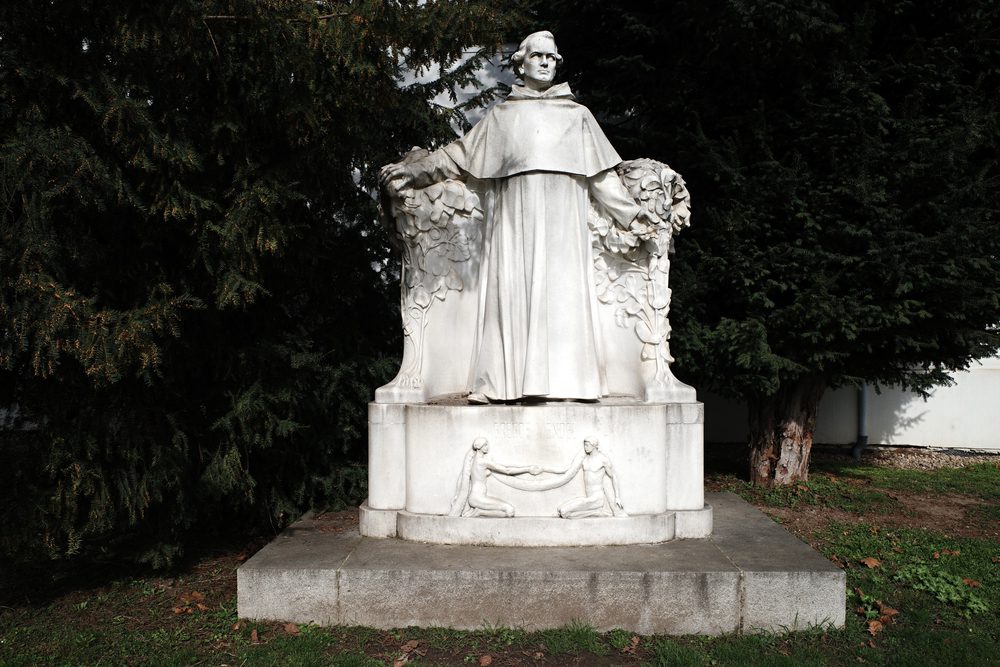Gregor Mendel, the “father of genetics”, had his 200th birthday in 2022. As a fitting tribute to this pea-loving prodigy, researchers boldly decided to dig up his body and study his DNA.
The understanding of genetics has progressed by leaps and bounds since Mendel carried out his landmark experiments in the 19th century. Mendel was an Augustinian friar born in the Austrian Empire who managed to work out some of the rules of heredity through a painstaking series of experiments on pea plants between 1856 and 1863.
Farmers had known for thousands of years how animals could be bred to pass on desirable traits, but Mendel’s work was the first to establish the laws of biological inheritance, something that’s now known as Mendelian inheritance. It would be several decades after his death, however, that the molecular mechanism behind inheritance – DNA – would come to be understood.
Upon his 200th birthday last year, researchers from Masaryk University in Ukraine, the Augustinian Abbey, and other organizations felt it would be apt to explore his body using the very ideas he set into motion.
“Mendel was an absolutely exceptional, multidisciplinary renaissance personality with ideas ahead of his time. That is also why we have given our consent to exhumation and scientific research, so that his legacy remains alive and known to the public. The Czech Republic, humanity, but especially Mendel himself, clearly deserves it. Especially since he did not receive scientific recognition during his lifetime,” Paul Graham, Assistant General to the General Council of the Curia, said in December 2021.

A statue dedicated to genetics pioneer Mandel in Brno, Czechia. Image credit: Jaroslav A. Polak/Shutterstock.com
By February 2022, the body had been found and recovered from an Augustinian grave at Brno’s Central Cemetery in Czechia. Along with noting the skeleton stood 1.68 meters (5 foot 6 inches) tall, the researchers reported that the skull held an “extraordinarily large brain.”
“We were pleasantly surprised because we were a bit concerned that we wouldn’t find Mendel. But we discovered his entire skeleton in a coffin; he even had clothes and shoes on,” said Eva Drozdová from the Biological and Molecular Anthropology Laboratory at Masaryk University.
After letting the remains dry out in a specialized room, the team then set about obtaining DNA from his teeth and bones. By comparing the samples to DNA picked up from personal items of the late friar stored at the Mendel Museum, they were able to confirm this body was indeed Mendel.
A recent article from NPR reports that even more findings from the genetic study have been revealed. A deep dive into Mendel’s genome showed that he had genetic variants linked to diabetes, heart problems, and kidney disease.
He also possessed a gene that has been associated with epilepsy and neurological issues. Perhaps, the researchers speculate, this could explain some of the psychological and neurological symptoms he suffered from during his lifetime.
As for the ethical conundrum of exhuming Mendel’s body without his explicit consent, the researchers say they have little doubt that he wouldn’t have anything against his body being used for scientific research.
Source Link: The Body Of Gregor Mendel, Father Of Genetics, Was Dug Up For DNA Analysis